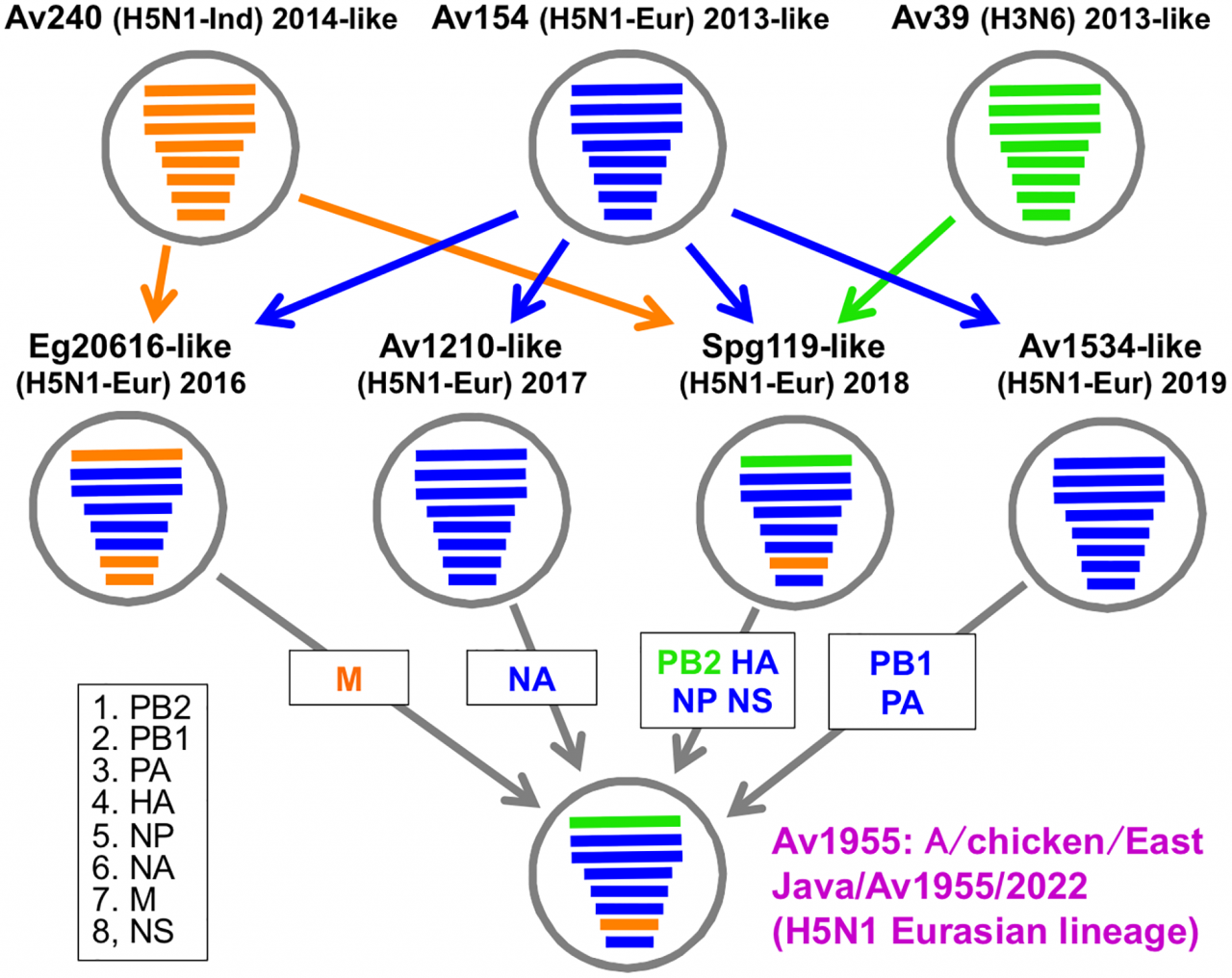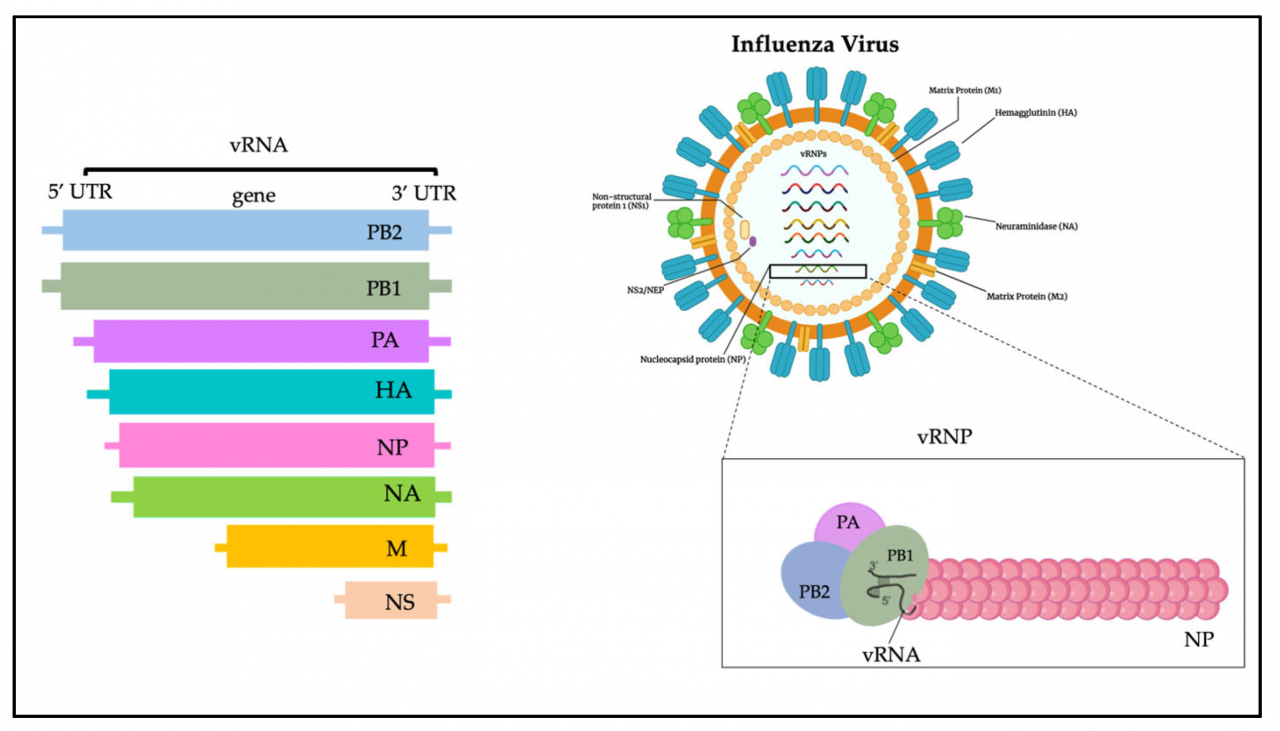
H5n1 airborne – H5N1, a highly pathogenic avian influenza virus, has recently raised concerns due to its potential to spread through the air. This airborne transmission poses significant health risks, and understanding its dynamics is crucial for public health preparedness.
The virus can be transmitted through respiratory droplets and aerosols released by infected birds or humans. Factors such as ventilation, proximity, and duration of exposure influence the likelihood of airborne transmission.
Transmission: H5n1 Airborne
H5N1 can be transmitted through the air when an infected bird or person coughs, sneezes, or talks. The virus can also be transmitted through contact with contaminated surfaces or objects.
The risk of airborne transmission is highest in close contact with infected birds or people. The virus can travel up to 6 feet through the air, and it can remain viable on surfaces for up to 48 hours.
Symptoms
The symptoms of H5N1 infection in humans can vary, but they typically include:
- Fever
- Cough
- Sore throat
- Muscle aches
- Headache
- Fatigue
- Diarrhea
- Vomiting
- Shortness of breath
- Pneumonia
- Acute respiratory distress syndrome (ARDS)
The symptoms of H5N1 infection are similar to those of other respiratory illnesses, such as the flu. However, H5N1 infection can be more severe and can lead to death.
Treatment

There is no specific treatment for H5N1 infection. However, antiviral medications can be used to treat the symptoms of the infection and reduce the risk of complications.
The antiviral medications that are most commonly used to treat H5N1 infection are oseltamivir (Tamiflu) and zanamivir (Relenza). These medications are most effective when they are started within 48 hours of the onset of symptoms.
Prevention

There are a number of things that can be done to prevent H5N1 infection, including:
- Avoiding contact with infected birds or people
- Washing your hands frequently with soap and water
- Avoiding touching your face
- Covering your mouth and nose when you cough or sneeze
- Staying home from work or school if you are sick
- Getting vaccinated against H5N1
The H5N1 vaccine is not 100% effective, but it can reduce the risk of infection and severe illness.
Outbreaks
There have been a number of major H5N1 outbreaks in the past, including:
- The 1997 outbreak in Hong Kong, which killed 6 people
- The 2003 outbreak in Vietnam, which killed 60 people
- The 2005 outbreak in Indonesia, which killed 56 people
- The 2006 outbreak in Egypt, which killed 22 people
- The 2013 outbreak in China, which killed 36 people
The H5N1 virus has continued to circulate in birds, and there is always the potential for another outbreak in humans.
Research

There is a great deal of research being conducted on H5N1. Scientists are working to develop new vaccines and treatments for the virus, and they are also studying the virus to learn more about how it spreads and how to prevent it.
The research on H5N1 is important because the virus has the potential to cause a pandemic. A pandemic is a global outbreak of a disease that can affect a large number of people. The H5N1 virus has the potential to cause a pandemic because it is highly contagious and it can be fatal.
Conclusion
In conclusion, H5N1 airborne transmission poses a potential threat to public health. While the risk of human-to-human transmission is currently low, ongoing surveillance and research are essential to monitor the virus’s evolution and develop effective prevention and control measures.





